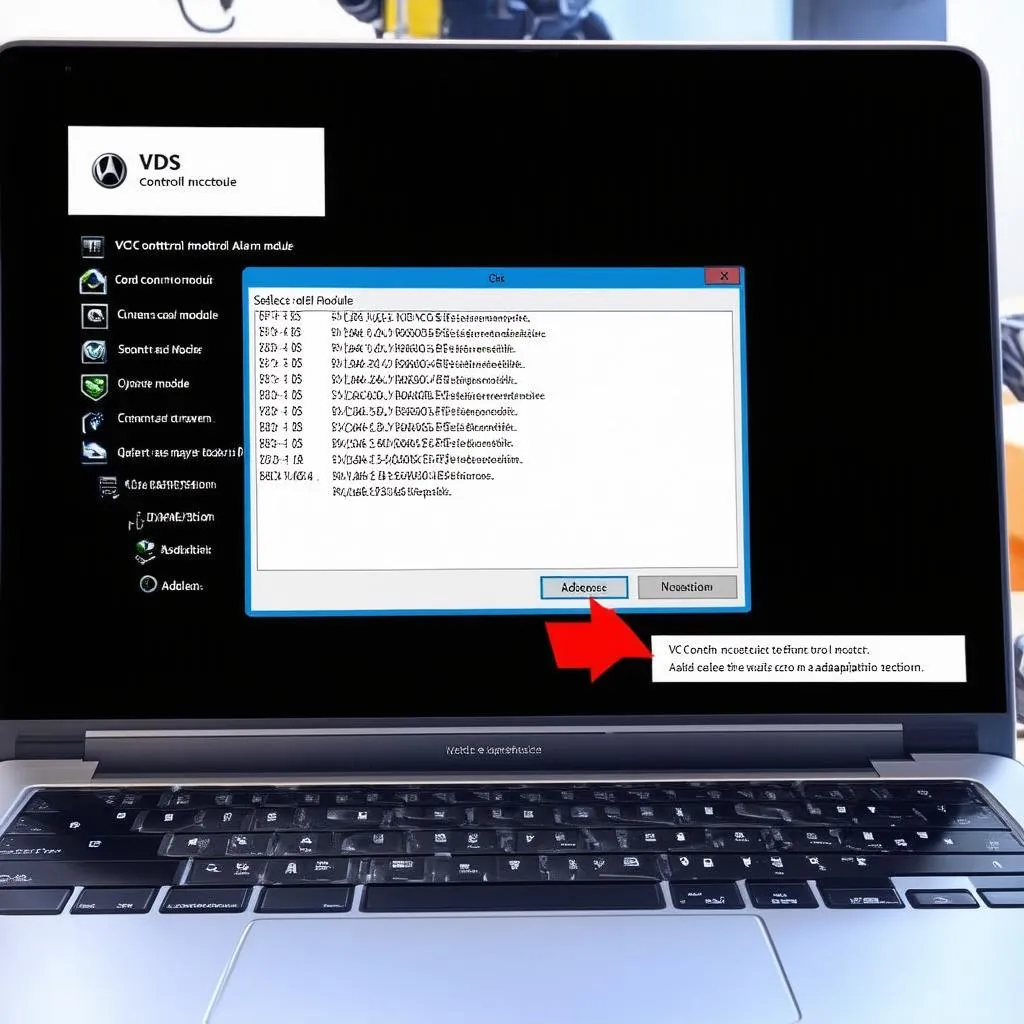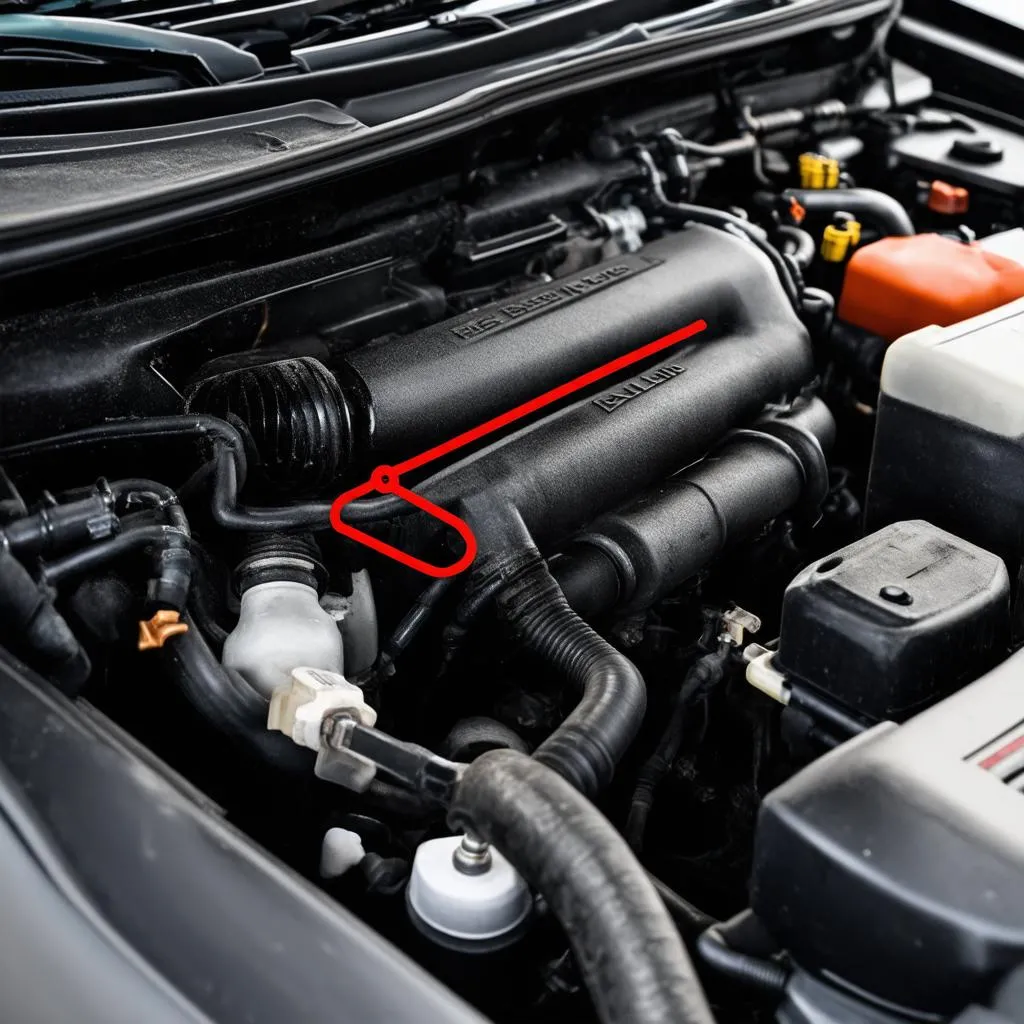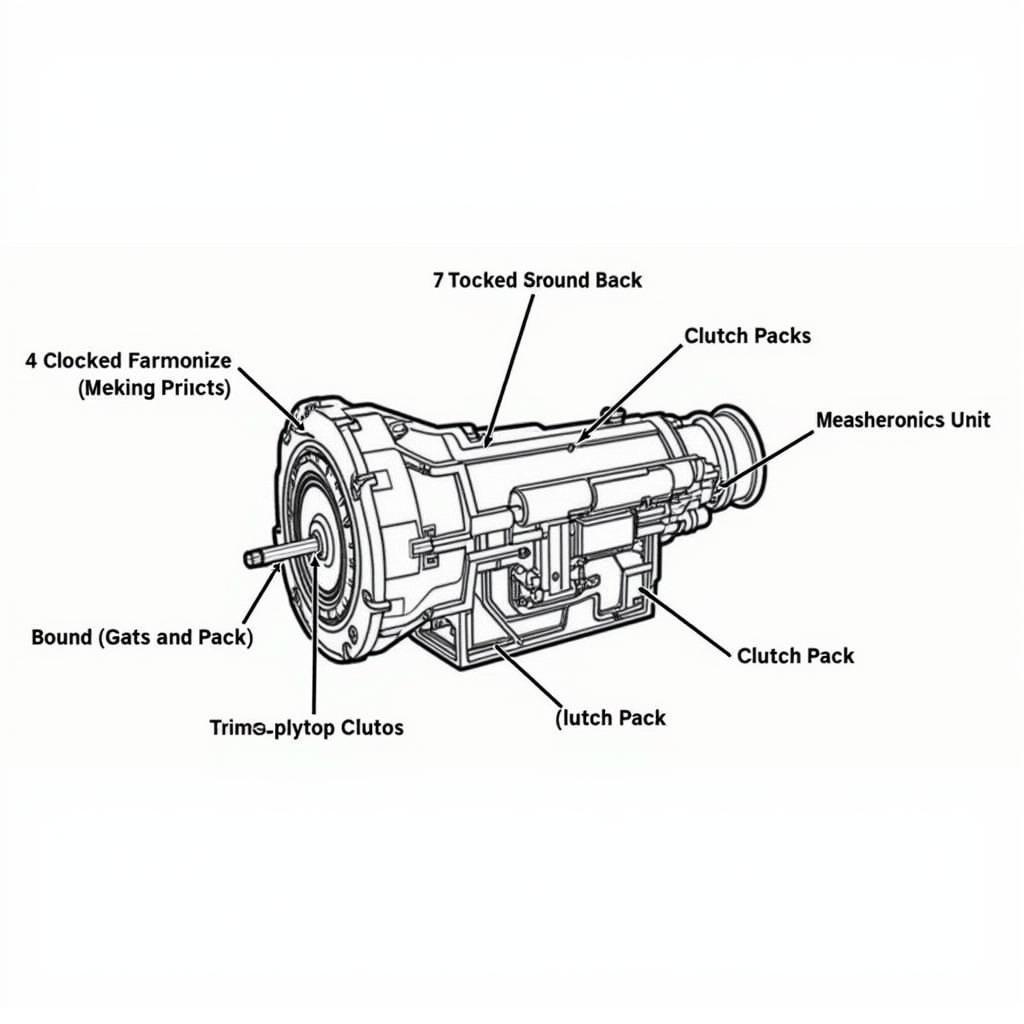The oil level sensor in your vehicle is a critical component ensuring your engine runs smoothly and doesn’t suffer damage from low oil levels. When this sensor malfunctions or needs recalibration, a VCDS (formerly VAG-COM) system becomes an invaluable tool. This article delves into the world of VCDS oil level sensor adaptation, exploring its importance, procedures, and frequently asked questions.
Understanding VCDS and its Role in Oil Level Sensor Adaptation
VCDS is a powerful diagnostic and programming software used with an interface cable to connect to your vehicle’s onboard computer. Mechanics and car enthusiasts alike use VCDS to access, diagnose, and troubleshoot various systems within VAG (Volkswagen Audi Group) vehicles.
When it comes to the oil level sensor, VCDS allows you to:
- Read fault codes: Identify any issues with the sensor or its circuitry.
- View live data: Monitor the sensor’s readings in real-time.
- Perform adaptations: Recalibrate the sensor after an oil change or sensor replacement.
Performing a VCDS Oil Level Sensor Adaptation: Step-by-Step
Before attempting an adaptation, ensure you have the correct VCDS software version compatible with your vehicle and a reliable interface cable. Here’s a general guide:
- Connect and Access: Connect your VCDS interface to your vehicle’s OBD-II port and launch the VCDS software on your computer.
- Select Control Module: Navigate to the appropriate control module for your vehicle’s instrument cluster or engine electronics, depending on the model.
- Adaptation: Locate the “Adaptation” function within the module.
- Oil Level Sensor Channel: Find the specific channel related to the oil level sensor. This channel number varies across different vehicle models.
- Perform Adaptation: Follow the on-screen prompts to perform the adaptation. This typically involves confirming the current oil level is correct (at MAX on the dipstick) and initiating the adaptation process.
- Clear Fault Codes: After successful adaptation, clear any existing fault codes related to the oil level sensor.
Important Note: This is a generalized guide, and the exact steps and channel numbers may differ depending on your specific vehicle model and year. Always consult your vehicle’s service manual or reputable online resources for precise instructions.
 VCDS Software Screenshot
VCDS Software Screenshot
Common Questions about VCDS Oil Level Sensor Adaptation
Q: When do I need to perform an oil level sensor adaptation?
A: Typically, adaptation is necessary:
- After replacing the oil level sensor.
- After an oil change, if the sensor was triggered or malfunctioning beforehand.
- If the oil level warning light illuminates erroneously on your dashboard.
Q: What happens if I don’t adapt the sensor after a replacement?
A: Failure to adapt the sensor may lead to incorrect oil level readings on your dashboard, potentially causing engine damage if actual oil levels are low and go unnoticed.
Q: Can I damage my vehicle if I perform the adaptation incorrectly?
A: While unlikely, performing the adaptation incorrectly or with the wrong values can potentially lead to inaccurate readings. It’s crucial to follow the correct procedures and consult reliable sources.
 Car Engine with Oil Level Sensor Highlighted
Car Engine with Oil Level Sensor Highlighted
Beyond Oil Level: Exploring Other VCDS Capabilities
VCDS offers a wide array of functionalities beyond oil level sensor adaptation. Users can access and adjust settings for:
- Throttle body adaptation: Optimizing throttle response after cleaning or replacement.
- Brake pad wear sensor reset: Resetting the sensor after changing brake pads.
- Service interval resets: Resetting the service reminder indicator.
- Coding and programming: Accessing and modifying various control module settings.
For a deeper understanding of VCDS’s capabilities and how it can help you unlock the full potential of your vehicle, explore these resources:
Conclusion
VCDS oil level sensor adaptation is a crucial procedure for maintaining accurate oil level readings and ensuring the longevity of your vehicle’s engine. While the process itself is relatively straightforward, it’s essential to consult your vehicle’s specific instructions and proceed with caution. For professional automotive diagnostic equipment and expert advice, contact the team at CARDIAGTECH. They offer a comprehensive range of products to assist both DIY enthusiasts and professional mechanics.


